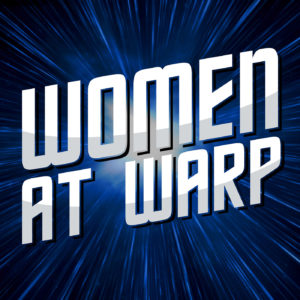Penley believes that the phenomenon of K/S slash fiction ‘represents the most radical and intriguing female appropriation of a mass-produced cultural product’ (1994: 319) that she has ever seen, one that directly intersects with broader discourses about power, class, gender and sexuality.
Robin Roberts suggests that ‘taking characters whose sexual orientation seems ambiguous and extrapolating a hidden sexuality is one response to gay and lesbian sexuality that reflects [western] society’s unease with this subject’ (1999:124).
Alternatively, creative interventions such as the slash fiction mentioned above may be understood as an insightful, imaginative, critique of the way official Star Trek texts have typically overlooked gay and lesbian identities. While sometimes extreme in content, such texts are not simply speculative but also colonize and re-deploy familiar characters to suit a different kind of sexual politics. In this manner, they work against the heteronormative model of sexuality: they problematize the familiar, queer it and, contrary to the notion of symbolic annihilation, make it visible.
Paul Venzo in “To boldy go where we should have gone before: Symbolic annihilation and queer interventions in the Star Trek textual universe,” Queer Studies in Media & Popular Culture, 2016 (2.3)











